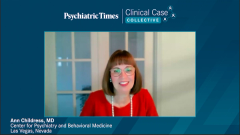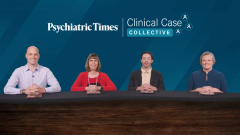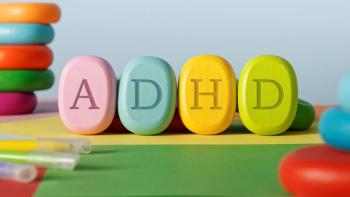
ADHD Diagnosis Criteria
Panelists discuss how the Diagnostic and Statistical Manual of Mental Disorders, Fifth Edition, Text Revision (DSM-5-TR) criteria for attention-deficity/hyperactivity disorder (ADHD) require at least 6 of 9 symptoms in either inattentive or hyperactive-impulsive domains, with inattentive presentations often unrecognized in girls and highly intelligent students in particular.
Episodes in this series

The DSM-5-TR criteria for ADHD require at least 6 of 9 symptoms in either inattentive or hyperactive-impulsive domains for children under 16 years. Inattentive symptoms include difficulty listening and following multistep instructions, losing items, making careless mistakes, avoiding sustained mental effort, and easy distractibility. These symptoms are often unrecognized, particularly in girls, who predominantly present with inattentive-type ADHD.
Hyperactive-impulsive symptoms are more externally visible and include feeling driven by a motor, difficulty waiting turns, blurting responses, inability to remain seated, interrupting others, excessive fidgeting, and inappropriate running or climbing. The combined presentation incorporates both symptom clusters, and presentations can evolve over time as children mature and academic demands change.
Diagnostic challenges include ensuring symptoms are developmentally appropriate rather than normal childhood behavior, differentiating ADHD from overlapping conditions such as depression and anxiety, and recognizing that highly intelligent children may compensate until academic demands exceed their coping abilities. Assessment tools such as the NICHQ Vanderbilt Assessment Scales and Conners Comprehensive Behavior Rating Scale help gather multi-informant data across different environments. Clinicians must be particularly vigilant for inattentive presentations that may be overlooked, especially in female patients and academically gifted children.
Newsletter
Receive trusted psychiatric news, expert analysis, and clinical insights — subscribe today to support your practice and your patients.


















